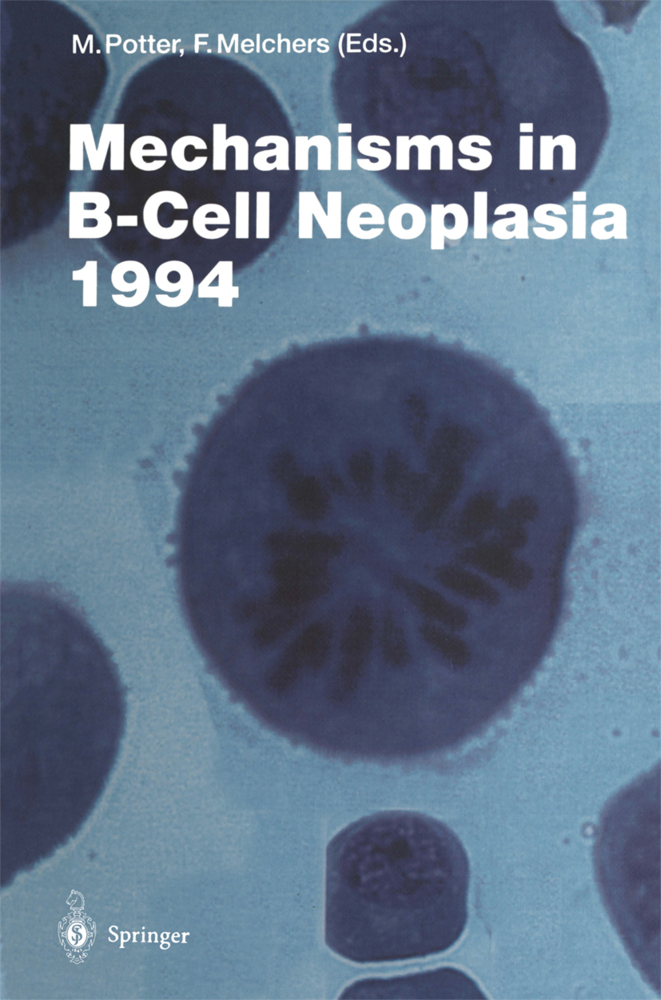Molecular Mimicry: Infection Inducing Autoimmune Disease
The purpose of this review is to examine the potential role of molecular mimicry in the pathogenesis of human T-lymphotropic virus type 1 ((HTLV- 1)-associated myelopathy/tropical spastic paraparesis (HAM/TSP)). Comp- hensive reviews on the pathogenic mechanisms of HTLV-1-associated human diseases are available throughout the medical literature (Bangham 2000,, 2003; Barmak et al. 2003; Jacobson 2002; Levin and Jacobson 1997; Nagai and Osame 2003; Osame 2002). Approximately 25 years ago the ?rst human retrovirus, HTLV-1, was isolated (Poeisz et al. 1980). Subsequently, infection with HTLV-1 was shown to cause adult T-cell leukemia (ATL) and HAM/TSP (Gessain et al. 1985; McFarlin and Blattner 1991; Osame et al. 1986; Poeisz et al. 1980; Yoshida et al. 1987). HTLV-1 may infect up to 30% of people in endemic areas and 10 20 million people worldwide (Barmak et al. 2003; Edlich et al. 2000). However, only 1% 5% develop either ATL or HAM/TSP, the remainder being clinically asymptomatic carriers of HTLV-1 (Bangham 2000, 2003; Barmak et al. 2003; Jacobson 2002; Levin and Jacobson 1997; Nagai and Osame 2003; Osame 2002). Why infection with HTLV-1 causes ATL or HAM/TSP in some people while the vast majority of individuals are asymptomatic is largely - known. Some possible factors that may differentiate the asymptomatic from the diseased state include viral strain, human histocompatibility leukocyte antigen (HLA), viral load, and the immune response (Bangham 2000, 2003; Barmak et al. 2003; Jacobson 2002; Levin and Jacobson 1997; Nagai and Osame 2003; Nagai et al. 1998; Niewiesk et al. 1994; Osame 2002).
A Virus-Induced Molecular Mimicry Model of Multiple Sclerosis
Suppression of Autoimmunity via Microbial Mimics of Altered Peptide Ligands
Molecular and Cellular Mechanisms, Pathogenesis, and Treatment of Insulin-Dependent Diabetes Obtained Through Study of a Transgenic Model of Molecular Mimicry
Trypanosoma cruzi-Induced Molecular Mimicry and Chagas' Disease
HTLV-1 Induced Molecular Mimicry in Neurological Disease
Molecular Mimicry: Anti-DNA Antibodies Bind Microbial and Nonnucleic Acid Self-Antigens
Chlamydia and Antigenic Mimicry.
Molecular Mimicry, Microbial Infection, and Autoimmune Disease: Evolution of the Concept
The Structural Interactions Between T Cell Receptors and MHC-Peptide Complexes Place Physical Limits on Self-Nonself DiscriminationA Virus-Induced Molecular Mimicry Model of Multiple Sclerosis
Suppression of Autoimmunity via Microbial Mimics of Altered Peptide Ligands
Molecular and Cellular Mechanisms, Pathogenesis, and Treatment of Insulin-Dependent Diabetes Obtained Through Study of a Transgenic Model of Molecular Mimicry
Trypanosoma cruzi-Induced Molecular Mimicry and Chagas' Disease
HTLV-1 Induced Molecular Mimicry in Neurological Disease
Molecular Mimicry: Anti-DNA Antibodies Bind Microbial and Nonnucleic Acid Self-Antigens
Chlamydia and Antigenic Mimicry.
Oldstone, Michael B. A.
| ISBN | 978-3-540-25597-0 |
|---|---|
| Artikelnummer | 9783540255970 |
| Medientyp | Buch |
| Copyrightjahr | 2005 |
| Verlag | Springer, Berlin |
| Umfang | VII, 168 Seiten |
| Abbildungen | VII, 168 p. |
| Sprache | Englisch |











